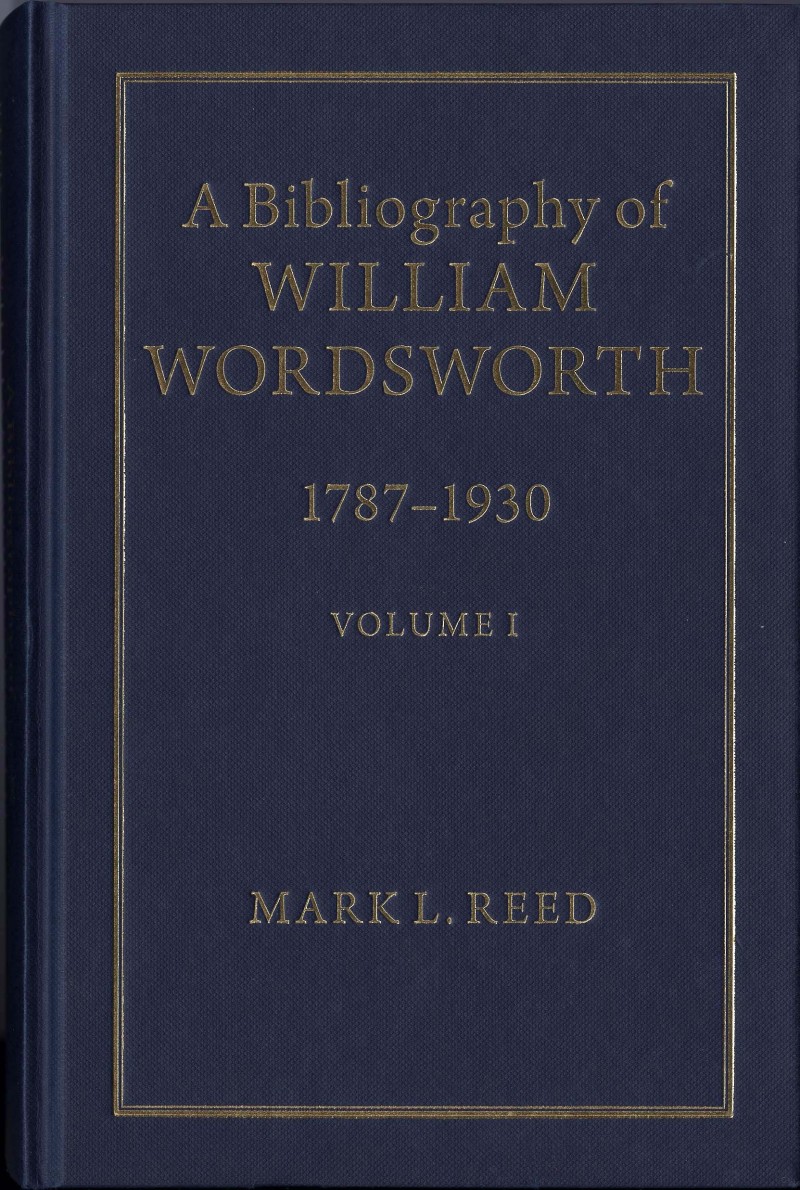Here at the Rare Book Collection we are gearing up for the centennial of World War I, and we’re expecting an influx of students, scholars, and other curious visitors to work with our extensive international holdings of related materials. To prepare, we are combing the collection, assessing what we have, and looking for those special items that might be of particular interest.

One item of note is a first edition of Siegfried Sassoon’s The Old Huntsman and Other Poems, Sassoon’s first book of poetry about his experience at the front. Sassoon published this volume in 1917, the same year he began treatment for neurasthenia (more commonly known as “shell shock”) at the Craiglockhart War Hospital, where he met fellow poet Wilfred Owen.
Sassoon’s poems, at their most caustic, register his disgust with war authorities in Britain, whose casual use of propaganda from the safety of the home front Sassoon critiques. Other poems, like “To His Dead Body,” convey his deep affection for his fellow soldiers while unflinchingly recording their deaths: “When roaring gloom surged inward and you cried, / Groping for friendly hands, and clutched, and died, / Like racing smoke, swift from your lolling head / Phantoms of thought and memory thinned and fled.”


What makes our copy—a second printing of the first edition—special is that it reveals how Sassoon used his time at Craiglockhart to create literary networks with fellow poets. Pasted to the back endpaper is a letter from Sassoon to Douglas Ainslie, a Scottish poet who was known to Oscar and Constance Wilde as well as Arthur Conan Doyle. In the note, written on Craiglockhart stationery, Sassoon tells Ainslie that he regrets not being able to meet him for lunch but says he hopes they can meet at a later time. Sassoon admits that he is “keen to know whether you like my poems, & equally impatient to read your own.” Ainslie’s autograph on the front endpaper suggests that the book was his. All the pages are cut, so we can surmise that Ainslie read Sassoon’s work. One can only wonder what, in fact, he thought about it and whether the two men got the chance to meet!
We are most grateful to the Estate of George Sassoon, Siegfried Sassoon’s son, for kindly granting permission to reproduce this letter. Readers who wish to publish the letter should contact the estate.
The Rare Book Collection has print holdings of many World War I writers, in addition to the extensive Bowman Gray Collection of World War I posters, postcards, and pamphlets, as well as other documents relating to the war. We welcome readers to explore our holdings in the second floor reading room of Wilson Library.

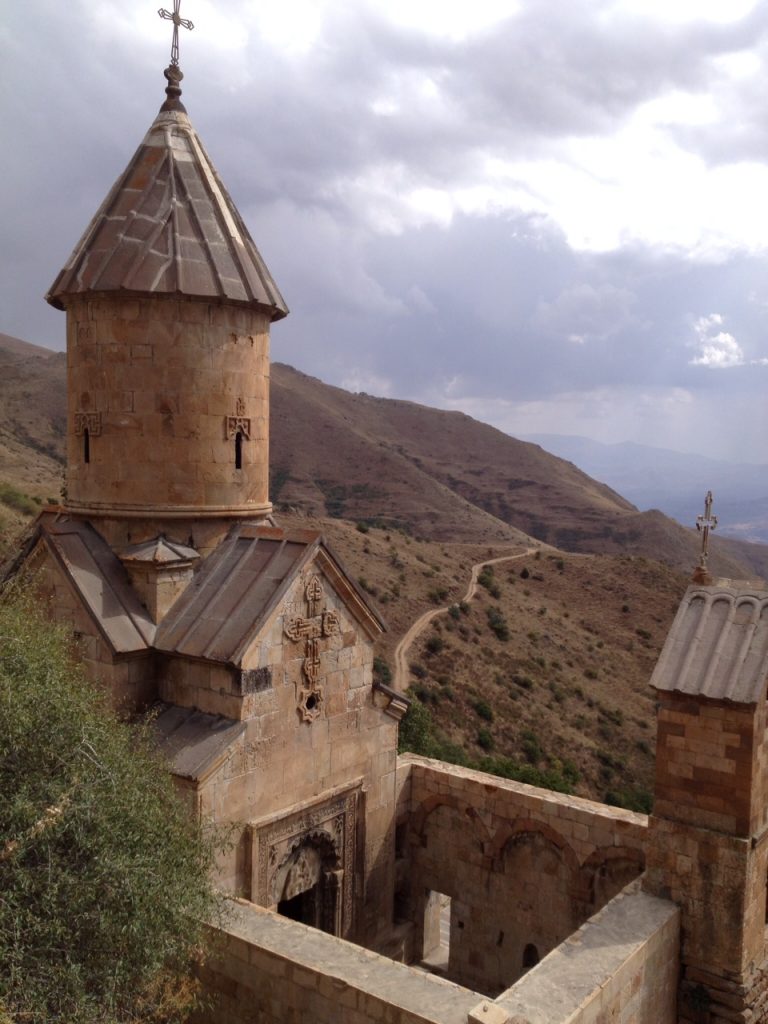
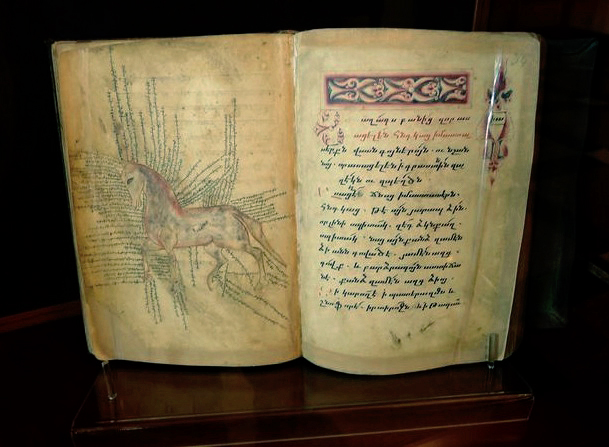


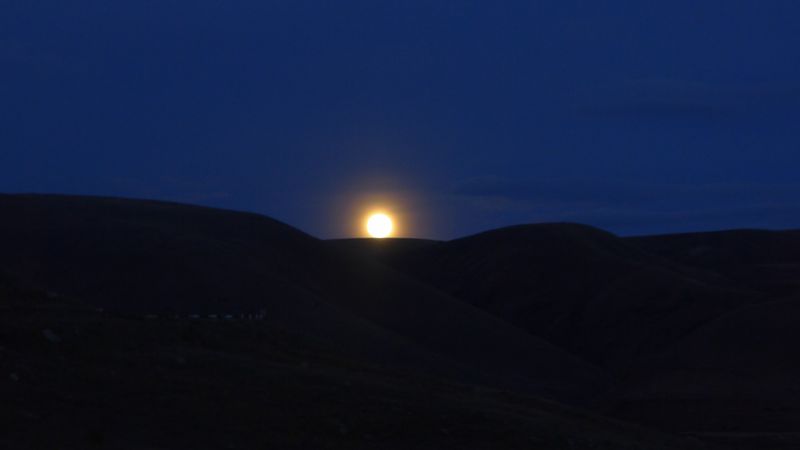
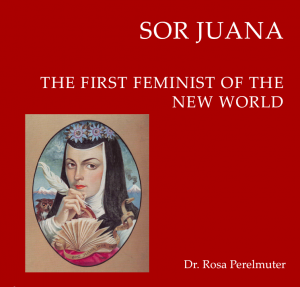
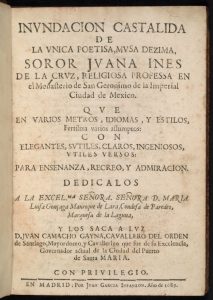

![Mauchline fern ware binding on The Poetical Works of William Wordsworth (Edinburgh: William P. Nimmo ..., [between 1863 and 1873?] ) / Wordsworth PR5850 .E63 1863d c. 21](https://blogs.lib.unc.edu/rbc/wp-content/uploads/sites/4/2013/08/WWMauchline.jpg)
